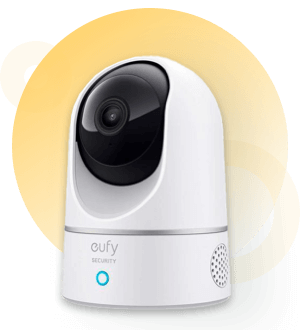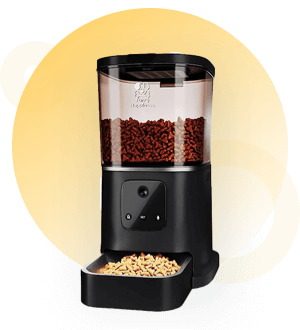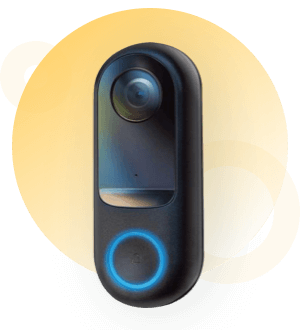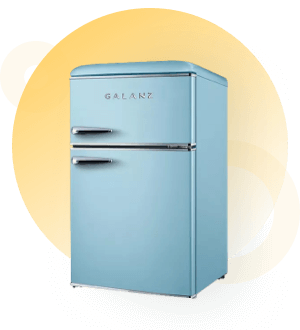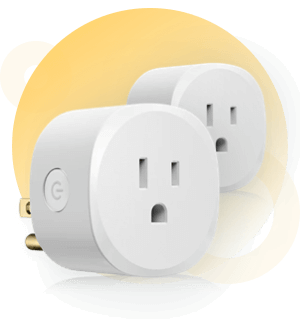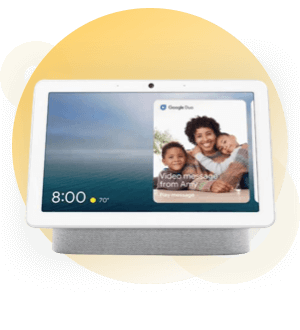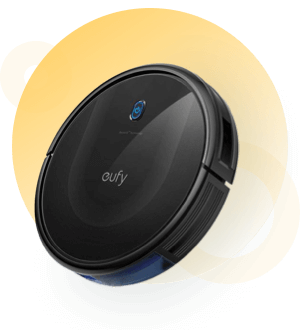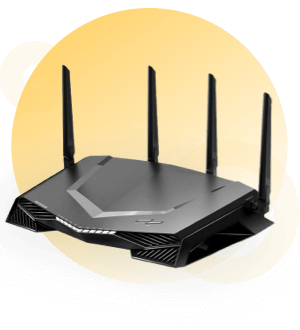Introduction
Smart homes are quickly becoming the future of home automation, as they offer homeowners a way to maximize efficiency and comfort. With smart homes, you can control every aspect of your living environment from the convenience of your smartphone or laptop. You can adjust lighting levels, set up automated appliances like thermostats and air conditioners, monitor energy consumption, and more. Smart home technology also allows for greater security by allowing you to keep an eye on your property even when you’re away. By utilizing these features in a smart home system, you’ll be able to save time and money while making sure that all aspects of your life run smoothly. In this article, we’ll explore some of the best practices for maximizing the efficiency and comfort of your smart home.
Smart Home Devices
Smart home devices are the backbone of any smart home. These devices can be controlled remotely, either through a smartphone app or a voice assistant like Amazon Alexa or Google Assistant. Some of the most popular smart home devices include smart thermostats, smart lighting, and smart security systems.
Smart Home Uses
Smart homes are becoming increasingly popular due to their many advantages over traditional homes. Smart homes are equipped with a number of connected devices and appliances, allowing homeowners to control and monitor various aspects of their home such as heating, lighting, security systems, and much more. This type of home automation allows for increased convenience, efficiency, safety, and peace of mind. With automated thermostats that can adjust temperatures based on occupancy or time of day, automated lights that can be turned on and off remotely or set on timers for added security when away from the house, and even door locks that can be locked/unlocked from virtually anywhere in the world using smartphone apps. Smart homes can also offer personalized settings which can be adjusted according to user preferences for specific tasks. Additionally, smart homes provide energy savings by utilizing motion sensors to turn off lights when no one is in a room, regulating climate control at optimum levels depending on the weather outside (for example turning up the heat during cold days), or setting appliances to run during off-peak hours when electricity is less expensive. Furthermore, some home automation systems also incorporate voice commands which allow users to carry out simple tasks without having to physically interact with the device. Ultimately, smart home technology provides numerous benefits that make life easier and more enjoyable while increasing energy conservation efforts at the same time.
Conclusion
Smart homes are the future of home automation. By following some best practices, you can maximize the efficiency and comfort of your smart home. Whether you’re looking to save energy, improve your security, or simply make your life easier, there’s a smart home device that can help you achieve your goals. So why not start building your smart home today?
